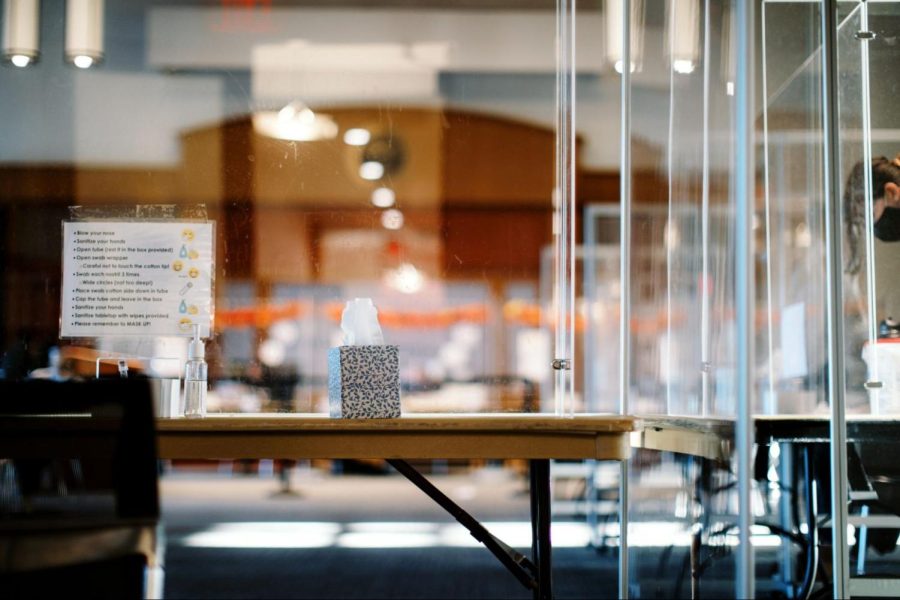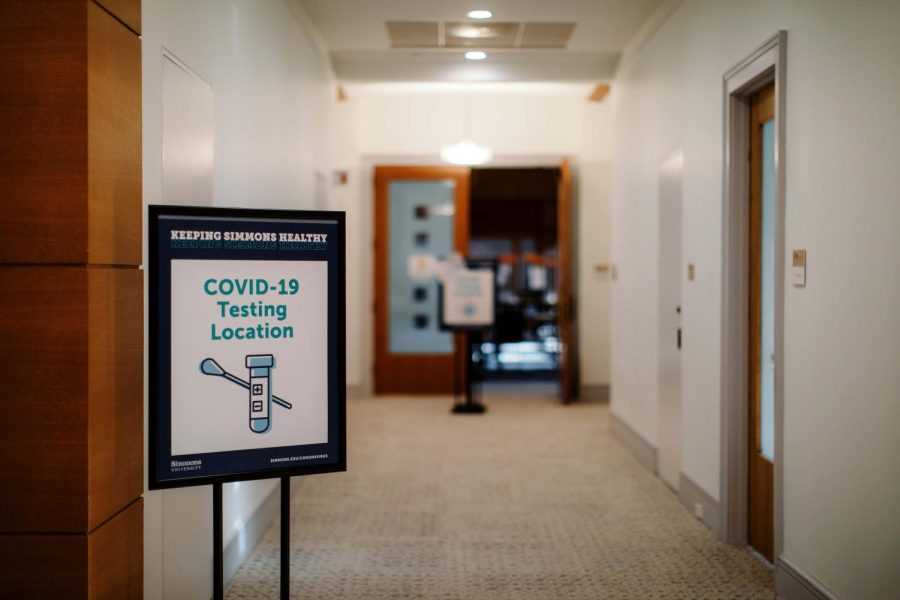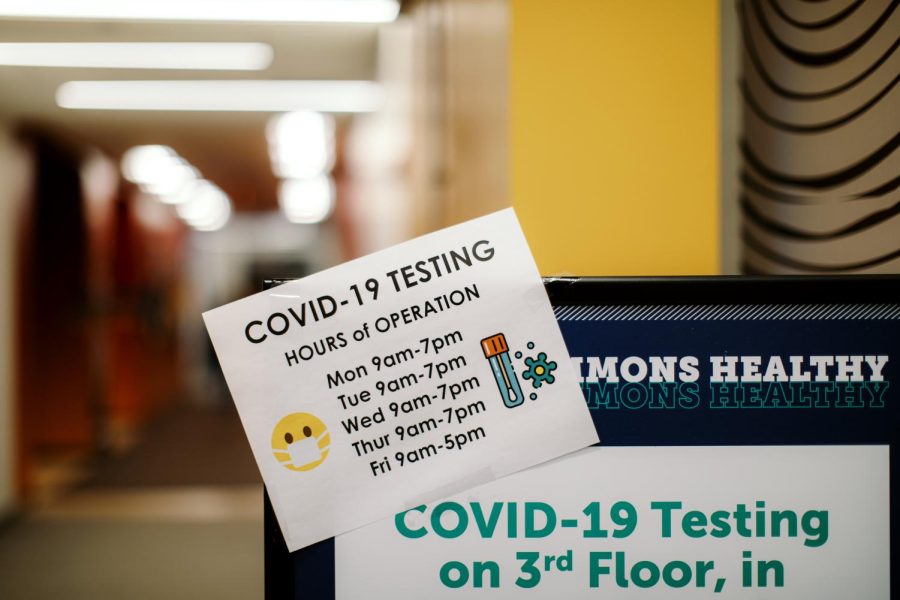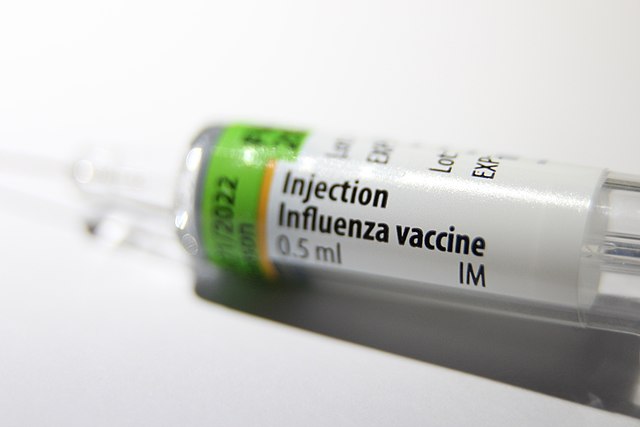A biweekly column addressing students’ health questions from office of Health, Wellness, and Recreation.
Dear Wellness Ambassadors,
I’ve heard that it is possible for all women to have multiple orgasms. Is this true?
Rejoice! This is true for the most part. When talking about orgasms, it’s important to remember that not everyone has orgasms, so we need to be careful in saying “all women.” It’s also important to remember that not all people with vaginas are women, and not all women have vaginas.
With that in mind, let’s talk about anatomy. Vagina owners who are capable of orgasm are, anatomically speaking, able to have more than one orgasm. Penis owners experience something called a refractory period after orgasm. During this period, it is physically impossible for them to have another orgasm. The length of this period depends on the individual, some may only need minutes while others may need over an hour.
People with vaginas do not have a refractory period. They are capable of having another orgasm immediately following the first, but it does take some work. Having multiple orgasms takes practice and require good communication with your partner. Some vagina owners do not orgasm at all, or may have trouble reaching one, and that’s perfectly okay; every body is different.
If you are looking to try this out with your partner, it is important to get into the mindset. Being open about what is happening and tuning in to your body and the sensations you are feeling is key. Try not to get frustrated, and remember that this is ultimately about having fun with your partner, not just about orgasming.
If you are planning on having penetrative sex, try orgasming from foreplay first. It is not uncommon for people to find it easier to orgasm from clitoral stimulation, rather than penetrative sex. However, having that orgasm first makes you more likely to orgasm from penetrative sex.
After the first orgasm, many people usually pull away since there is increased blood flow to the vulva, which can make it hypersensitive. However, you don’t want to pull away if you want to have multiple orgasms. Try having your partner focus on areas other than your vulva for a bit to keep you aroused before trying to have another orgasm. Focusing on your g-spot, using toys, exercising your pelvic floor muscles, and masturbation can also help you have multiple orgasms. At the end of the day, sex is meant to be fun, so if multiple orgasms works for you, great; if not, that is totally okay.
Dear Wellness Ambassadors,
I drink coffee every day and I am beginning to notice my teeth are changing color and becoming more yellow. What can I do to fix this and still drink coffee?
When coffee stains your teeth it is called “extrinsic staining” which means the pigment is stuck to the outside of the teeth. Even though your teeth may appear smooth, the surface is actually made up of enamel, which is composed of a matrix of crystal like rods; this matrix means there are actually a lot of small indents in your teeth. Stains from drinks such as coffee or red wine can get locked into these small catches. Any plaque build-up on your teeth contributes to this rough surface and is also perfect for coffee staining.
The only real way to prevent the shift in color of your teeth is to give up teeth-staining beverages, such as your daily coffee or tea; however, like many others who enjoy their daily cup of joe, this may not be a realistic solution for you! If not, there are ways to consume your coffee to limit the effect the beverage has on the color of your teeth.
For starters, try sipping your cup of coffee through a straw. This allows the beverage to bypass the front of your teeth and can dramatically reduce the amount of coffee staining on teeth. Other suggestions dentists recommend include keeping water close by to rinse your teeth off after drinking coffee, or better yet, carry a toothbrush and toothpaste with you to brush your teeth once you’re done with your cup. You can also try to limit the number of coffees you have per day—excessive caffeine consumption isn’t great for you anyway.
Another way to counteract the effects of coffee on your teeth is to invest in a whitening kit, toothpaste, whitening gel, or mouth rinse. Since some these products can be relatively expensive, you can find DIY recipes online to help remove stains from your teeth. One common suggestion is to brush with baking soda, which not only whitens, but also reduces plaque buildup. Just keep in mind: if you have crowns or fillings, remember they will not respond to whitening treatments because they are not made up of the same material as your natural teeth.
The good news is that you do not have to give up coffee to keep your smile bright and white!
Do you have a Health and Wellness question you would like to see featured here? If so, please email it to wellness@simmons.edu and it might be answered in our upcoming column! All questions and answers will be anonymous.























